If you had ever noticed some of the animals around you seem to be completely halted? Could be yes from your eyes! But they are on their pace of movement as of how we do on ours. Chucking apart the “slow motions” that we have seen on the televisions, some of the animals here are on their “ultra-motions”. We come up with the 7 slowest animals in the world that can give you enough time to photograph them.
Three-toed Sloth
The three-toed sloth is by far considered as the slowest animal in the world. It is native to South and Central America. To be very straightforward, the sloth is sometimes used for referring to someone who is very lazy just due to the nature of the animal itself. The sloth word itself refers to being lazy or inactive. Further, the three-toed sloth moves at a speed of 0.24 km/h. Additionally, they reside most of their life on trees. Sloths can weight up to 4.5 kg, which can grow slightly bigger than a puppy.
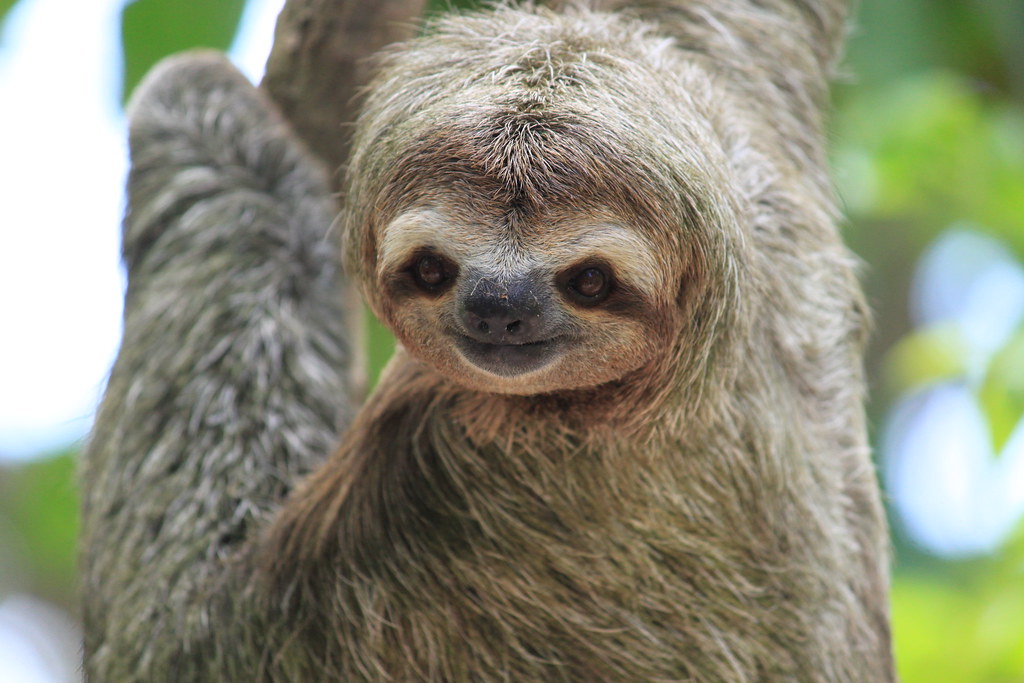
Seahorse
Seahorse by the name resembles like a horse, which is a tiny sea fish residing majorly on the seabeds. This sea animal is considered as the slowest in the world with just 1.5 meters movement per hour. Additionally, as the seahorses are considered very slow in terms of speed, they tend to settle on the seafloor having completely still water.
As the seahorses lack the caudal fins, they potentially lag the ability to swim like other normal fishes. Therefore, their movements are underprivileged and use the dorsal fins for fluttering. Finally, in comparison with the chameleons, the seahorses too can independently move their eyes through all directions.
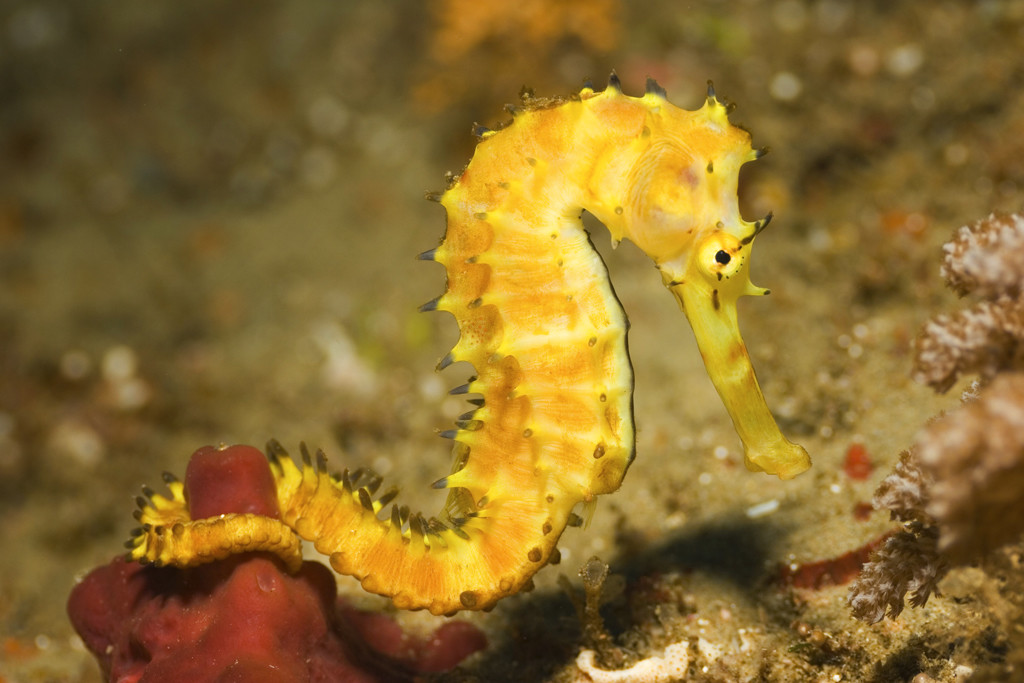
Gila Monster
Gila monster is one variety of lizard falling under the category of being venomous. Residing majorly in the southwestern United States and northwestern Mexico. The speed of this lizard species is relatively very slow in nature, which can move at a speed of about 1.6 km/h. Additionally, the Gila monster lizards tend to possess low metabolism, which is one reason behind being slow in terms of speed. Further, they are seen to use their venom as a primary combating weapon to counter the prey.
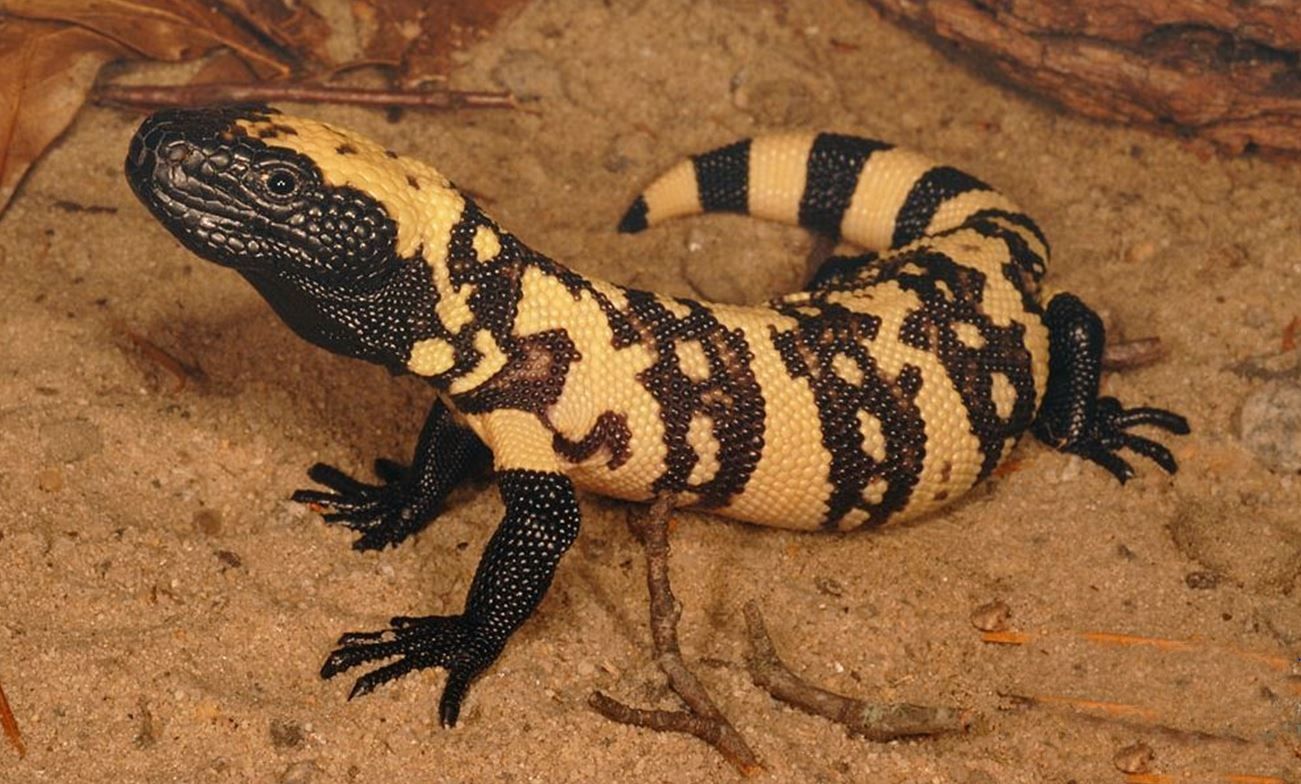
Koala Bear
Koala bear is one of the most loved animals in Australia. Majorly found in the parts of South Australia, New South Wales, Victoria, and Queensland. Basically, the bears are slow in movements, the koala bears are the slowest of all the bear species in the world.
The maximum recorded speed of a koala bear movement is at 10 km/h, which is ideally slower than the max record. Koala bears are very lazy by nature, which settle and sleep at a place for over 20 hours. Additionally, their entire life is sedentary and spend the whole of their life on trees.
Banana Slug
Banana slug by the name resembles like a ripened banana exactly in the color of yellow. The banana slugs grow to a size of about 25 centimeters in length, accounted as the second-largest of terrestrial slug in the world. The sailing speed of this animal species is incredibly less with an average of 3-4 inches per minute.
The glossy slime secretion on their body helps them in adhering to the surface even while moving on the walls. In conclusion, the color is not always in yellow, which proportionately depends on their health as well.

Giant Galápagos Tortoise
Giant Galápagos tortoise is accounted as the largest living tortoise species in the world. The Galápagos tortoises reside majorly in parts of western Ecuador, and Aldabra in the India Ocean. The weight of this tortoise species is one reason behind being the slowest by nature. A fully-grown Galápagos tortoise can weigh up to 417 kg. Incredibly slow in moving, they are seen moving at a speed of 0.3 km/h.
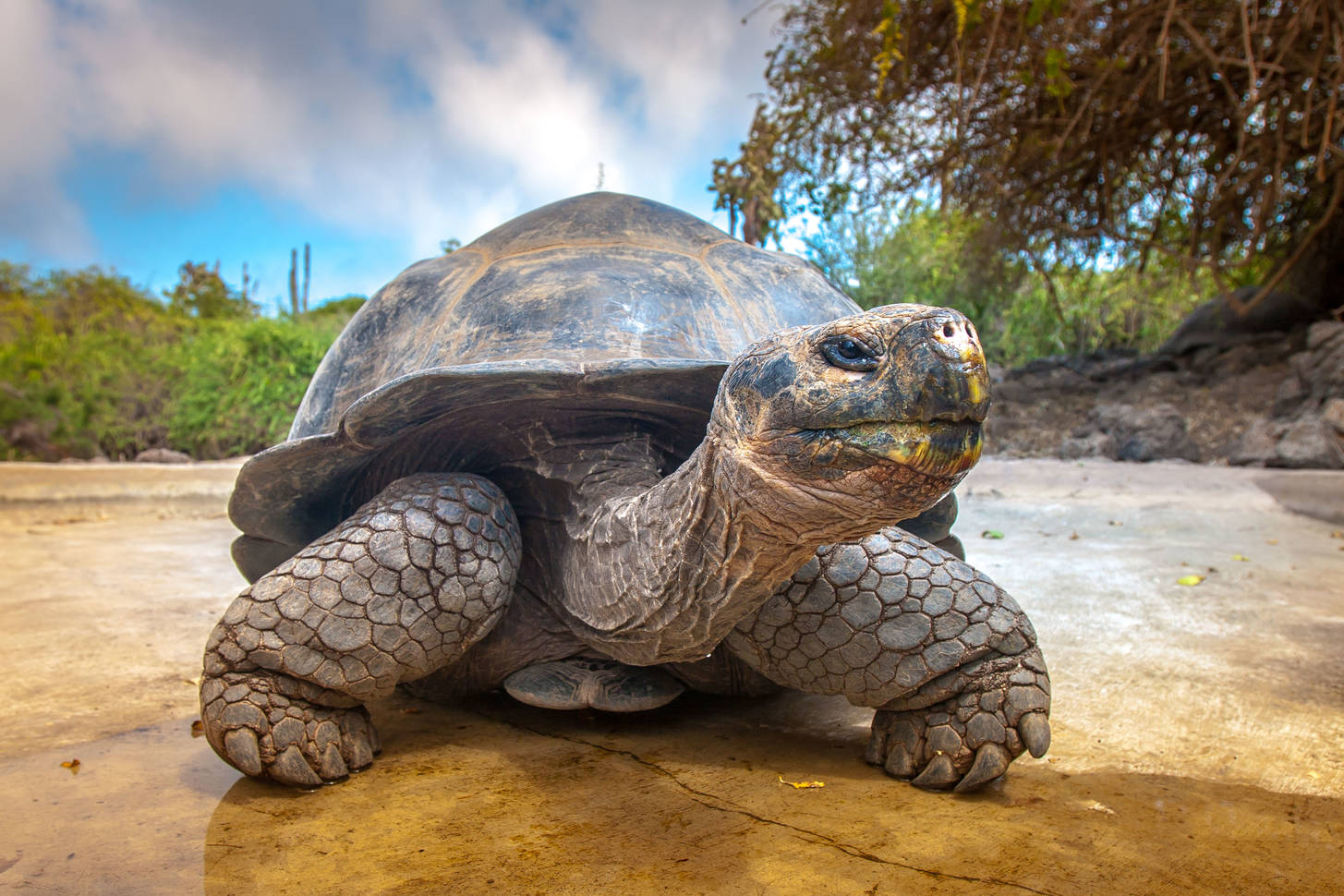
Loris
Also recognized as “Lorine”, the loris is a nocturnal animal. Found in tropical regions of India, Sri Lanka, and Southeast Asia. Most of the time, the lorises are seen moving at night slowly in search of their foods. Basically, though they are slow in movement, they travel for longer distances at night feeding on a complex diet like fruits and insects. In terms of speed, the lorises can wave to a speed of about 2 km/h.
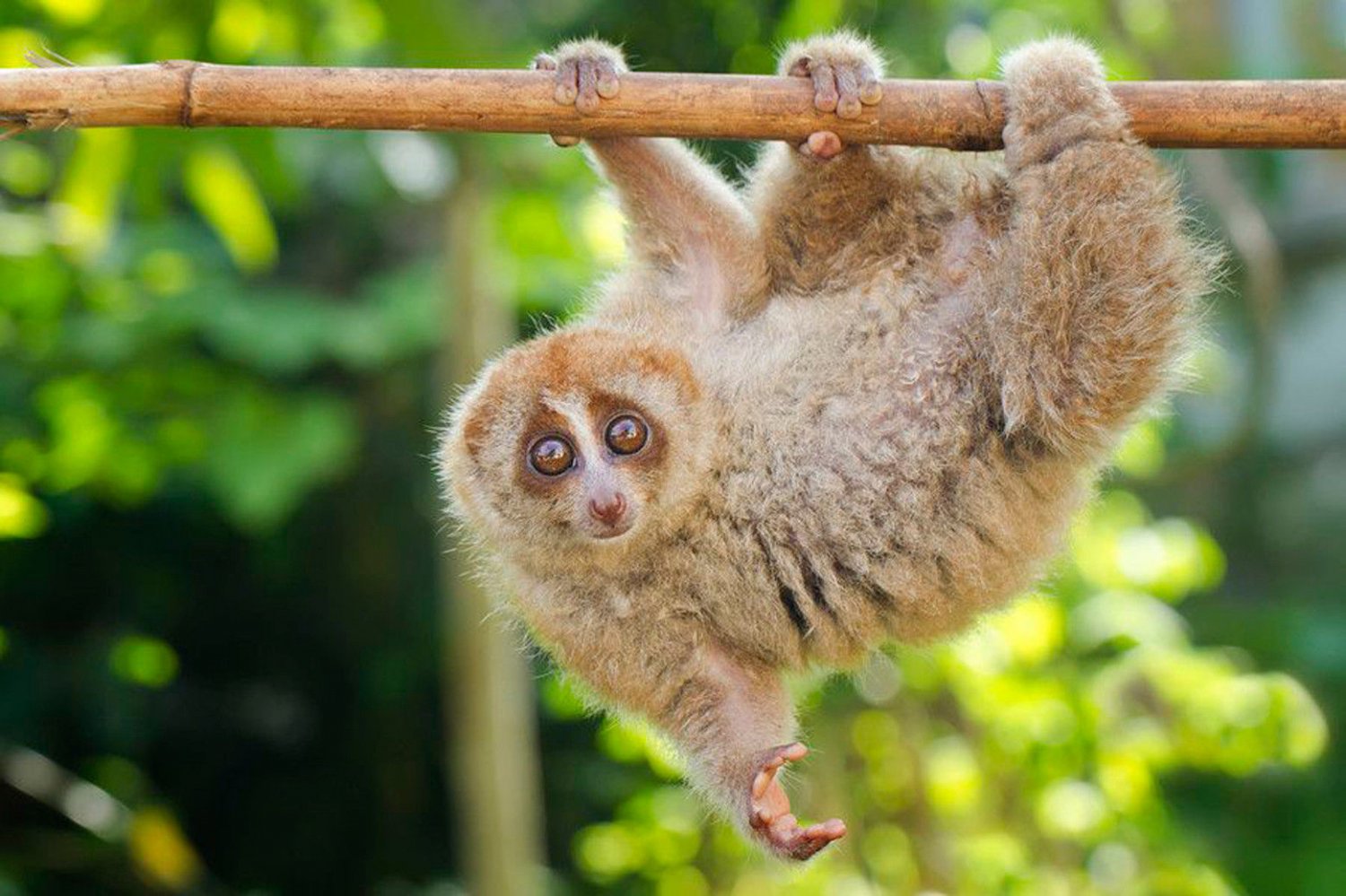
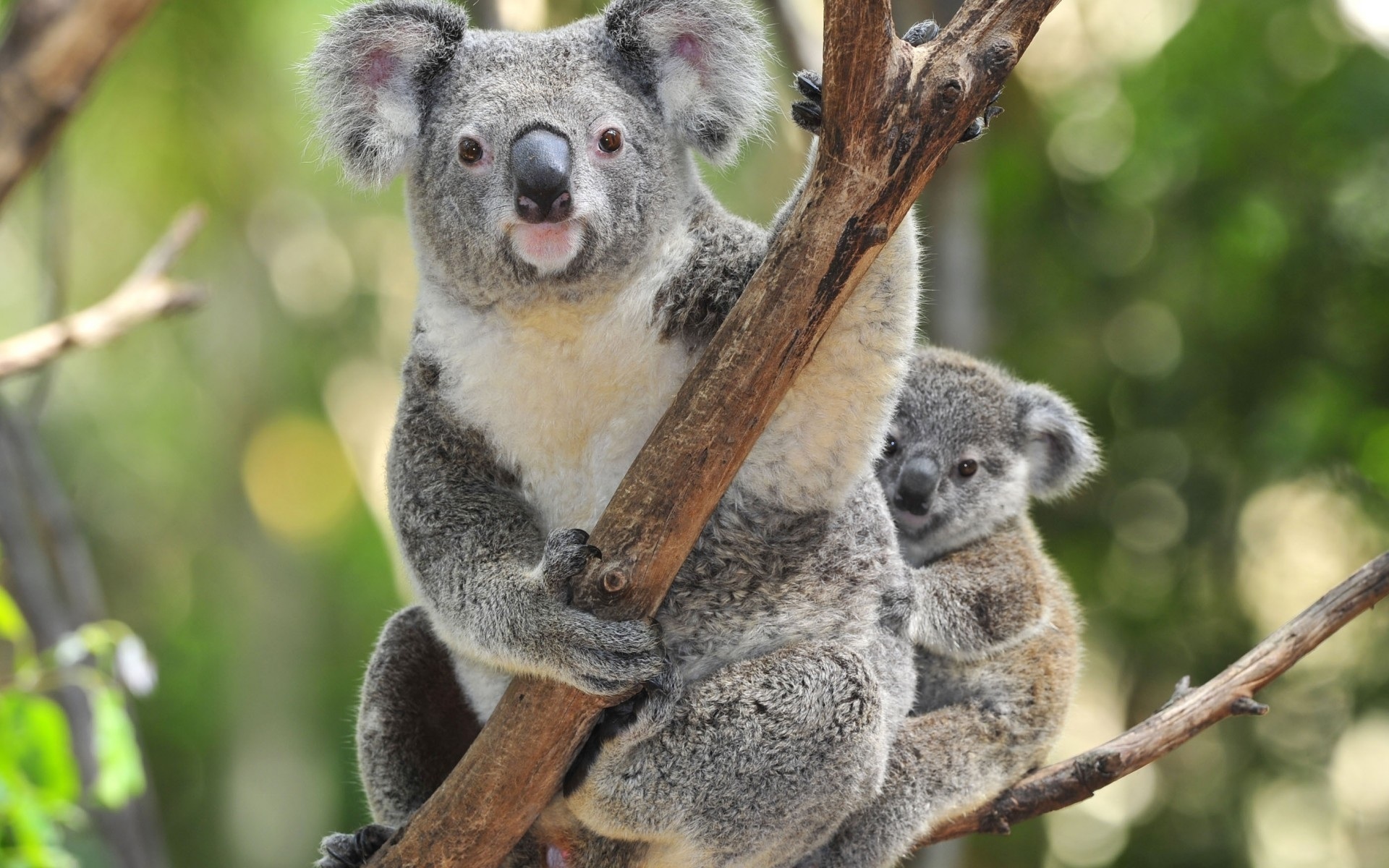




Related Posts
Top-7 Most Expensive Dogs in the World
7 Most Expensive Cats in the World 2023
Top-7 most luxurious and expensive airlines in the world